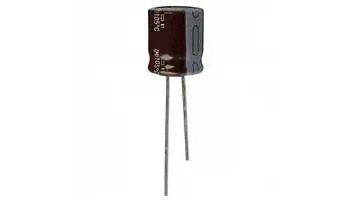How to Safely Discharge a Capacitor
One question that comes up frequently is, “How do I discharge my capacitor?” A lot of us have seen it done in some not-so-safe ways; you know, the screwdriver across the terminals. While this works, it can be very dangerous. I do not recommend it. Instead, watch our video and read this blog to learn about some safer alternatives.
First, measure the voltage retained by the capacitor. Next, you’ll have to do some calculations. Fortunately, this capacitor discharge calculator makes this step a lot easier.

You will need to know the capacitance, initial charge voltage placed on the capacitor, safety threshold voltage (voltage at which the capacitor is considered safely discharged), and either the resistor value or the discharge time you want to achieve. When selecting the resistor, make sure the wattage is high enough to handle the load of the capacitor. Once you have identified the resistor, hook it up to the capacitor using alligator leads and let it sit for the predetermined discharge time.
When enough time has passed, remove the resistor and re-measure the voltage. At this point it should have achieved the safety threshold voltage. If not, replace the resistor and let it sit for a while longer.
Another way to discharge a capacitor would be to source an incandescent light bulb that can tolerate the voltage held in the capacitor. Hook this up and once the bulb is no longer lit, the capacitor is discharged. Again, you always want to measure the voltage after it’s supposedly discharged just to be safe. For a visual demonstration on this, take a look at our video above.

Have questions or comments? Continue the conversation on TechForum, DigiKey's online community and technical resource.
Visit TechForum









